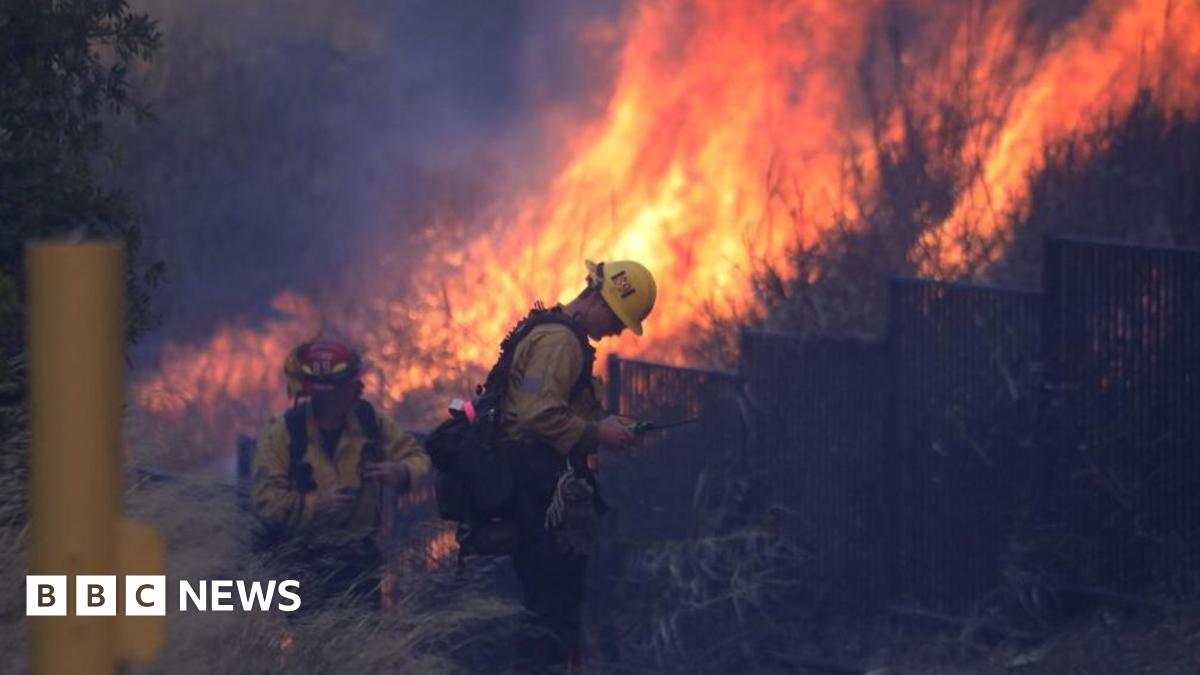The new study adds to the growing body of evidence that a warmer climate has altered the background conditions to the raging wildfires currently burning around Los Angeles.
Much of the Western US including California experienced a decades-long drought that ended just two years ago.
The resulting wet conditions since then have seen the rapid growth of shrubs, grasses and trees, the perfect fuel for fires.
However, last summer was very hot and was followed by dry autumn and winter season with almost no rain – downtown Los Angeles has only received 0.16 inches of rain since October, more than four inches below average.
Researchers believe that a warming world is increasing the conditions that are conducive to wildland fire, including low relative humidity.
These “fire weather” days are increasing in many parts of the world, with climate change making these conditions more severe and the fire season lasting longer in many parts of the world, scientists have shown.
In California, the situation has been made worse by the topography with fires burning more intensely and moving more rapidly in steep terrain.
This area of California is also dominated by naturally very fire-prone shrub vegetation.
“While fires are common and natural in this region, California has seen some of the most significant increases in the length and extremity of the fire weather season globally in recent decades, driven largely climate change,” said Professor Stefan Doerr, Director of the Centre for Wildfire Research, at Swansea University.
“That said, it is too early to say to what degree climate change has made these specific fires more extreme. This will need to be evaluated in a more detailed attribution analysis.”

